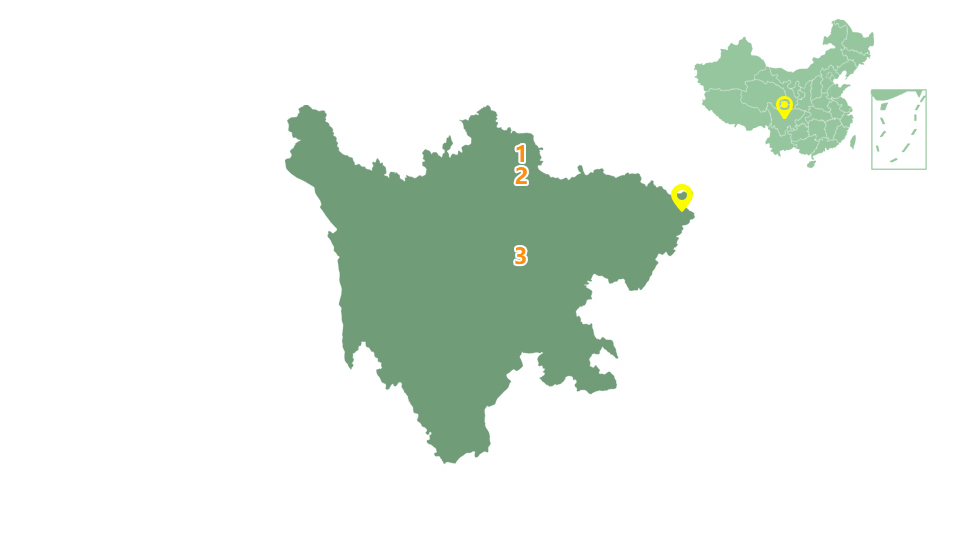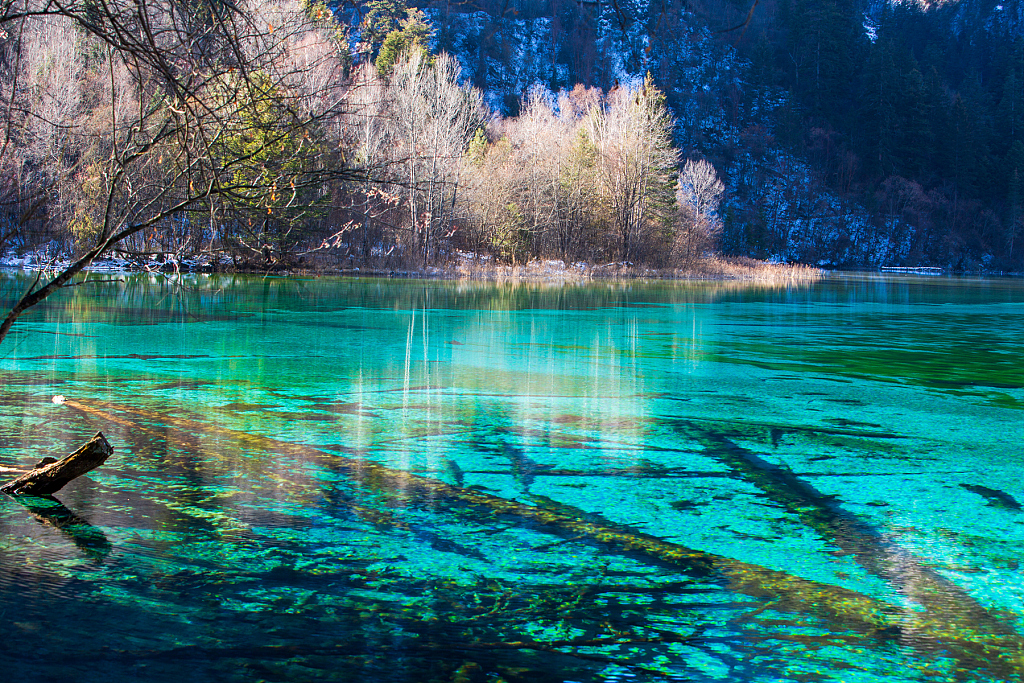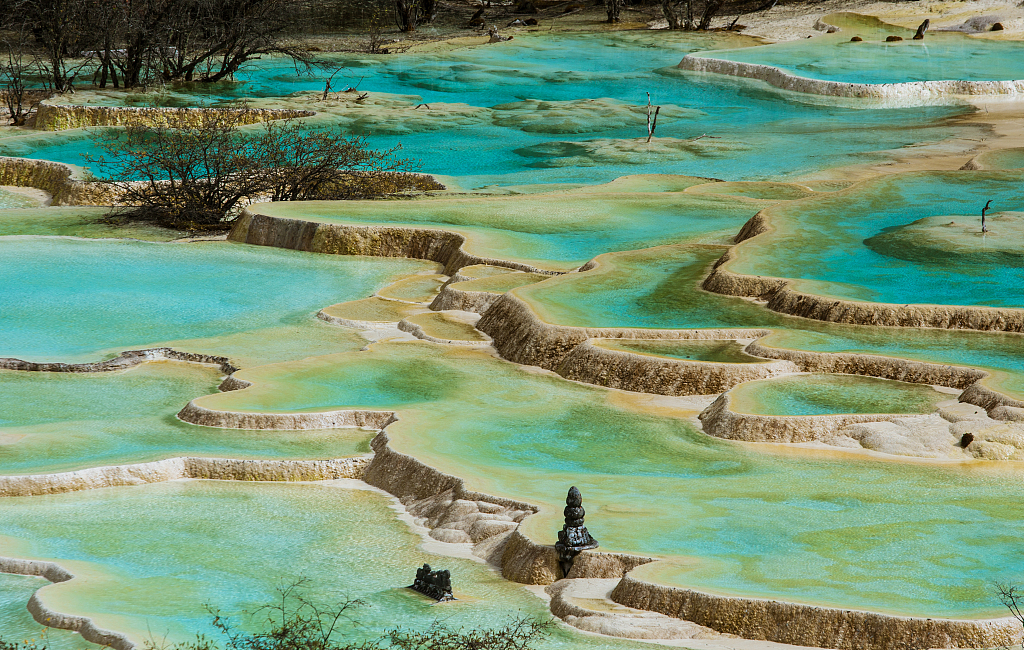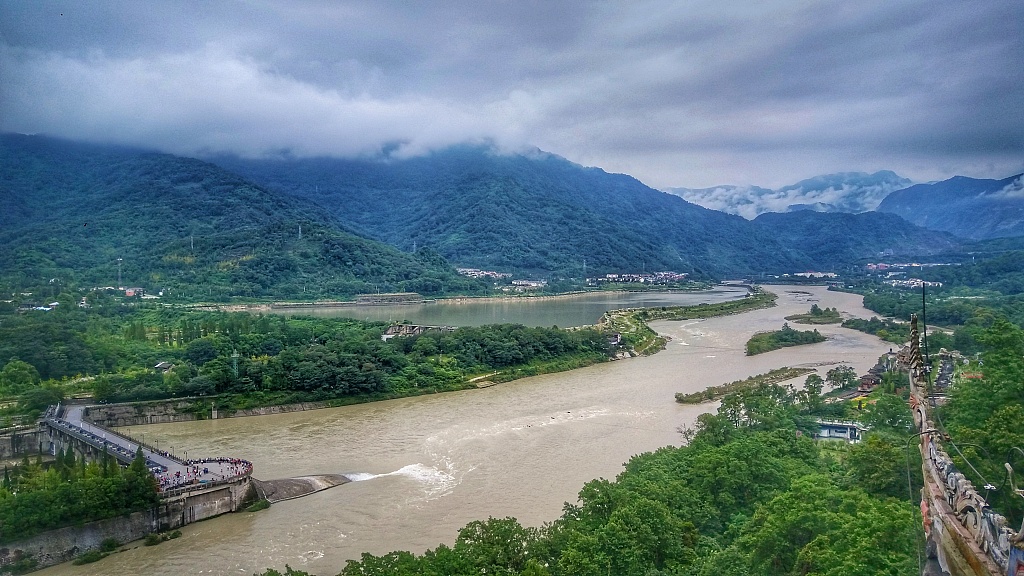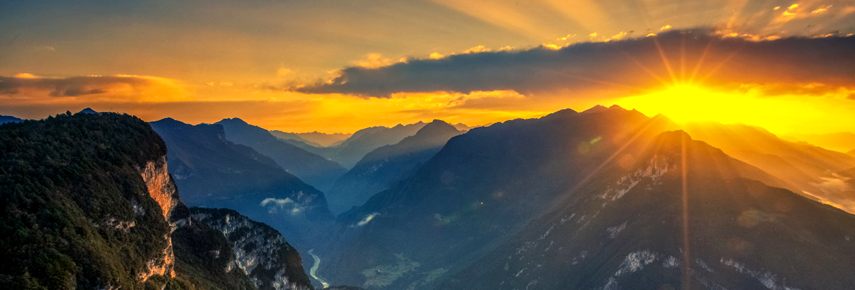
Bashan Grand Canyon in Dazhou City, Sichuan Province, China
Located in Xuanhan County, Dazhou City, Sichuan Province, Bashan Grand Canyon which hosts the only settlement of Tujia ethnic people in Sichuan Province, is a national 4A tourism scenic area, a provincial-level scenic spot as well as a national demo area for poverty alleviation through tourism. By tapping the scenic area resources as the point of departure, and aiming to enhance tourist experiences by combining sight-seeing with amusement, Xuanhan County made special effort in developing tourism in connection with “culture, sports, recuperation and water-related activities” and launched a number of culture and tourist products with remarkable results in poverty reduction. It successfully established the seven culture and tourism-led poverty alleviation models, namely, shareholding by investment of resources, giving help through business operations, providing work and employment, interrelating agriculture and tourism, organizing economic cooperation, integrating culture and tourism, and expanding housing projects. As a result, the registered impoverished population of the Bashan Grand Canyon area was reduced to 2,000 in 2019 from 91,000 in 2014; 102 registered impoverished villages in the area were all lifted out of poverty; the per capita disposable income of the rural population increased to 2,100 RMB. Cultural tourism has provided a new path for getting out of poverty and achieving prosperity in impoverished mountainous areas.






